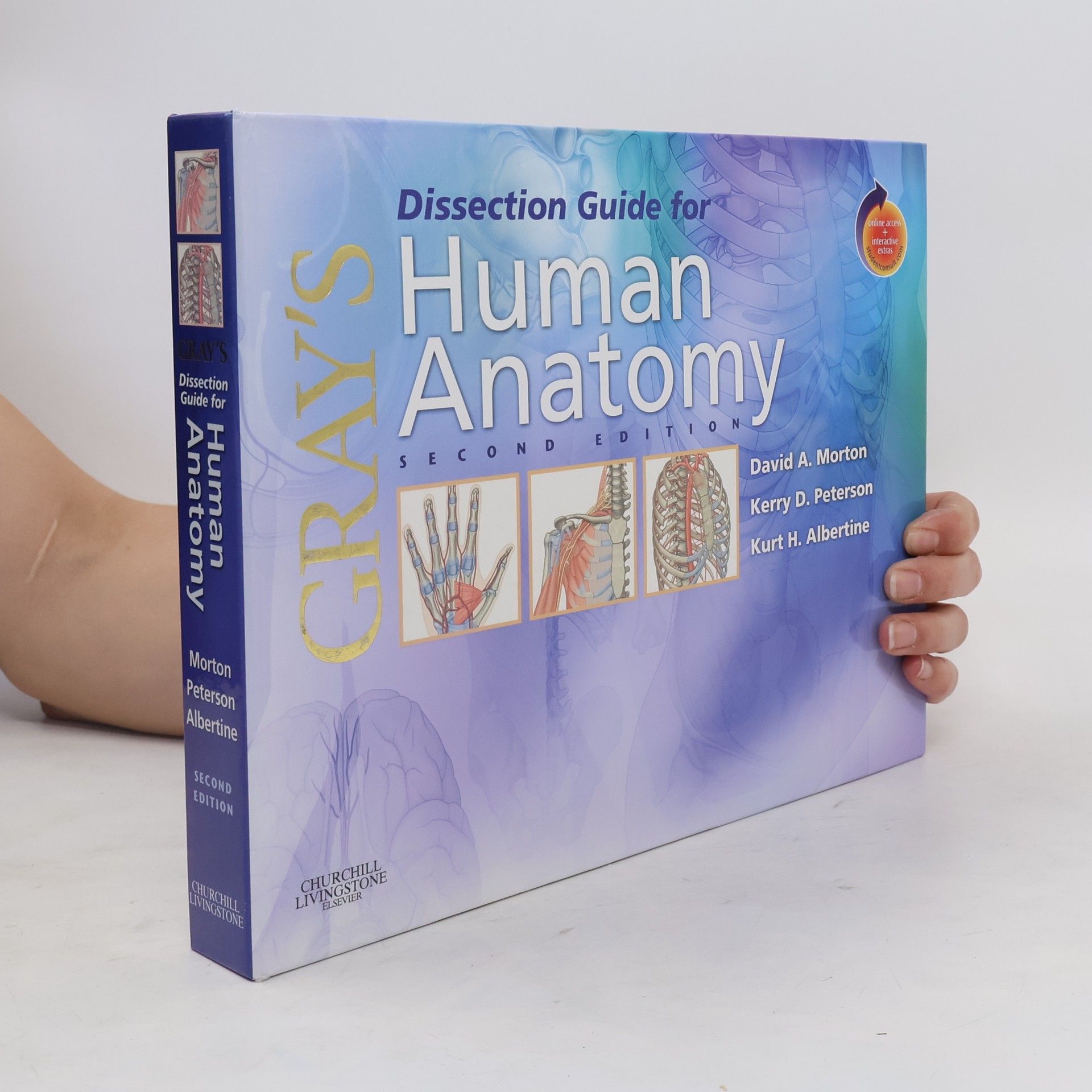Understanding anatomical structures is one thing. Knowing how to dissect them is another. More effectively than any other resource, this user-friendly manual demonstrates how to successfully dissect the trunk, head and neck, pelvis and perineum, and upper and lower extremities. Extensively class tested and reviewed, it is proven to reduce the time you spend in dissection...without skimping on the details that you need to know!Over 400 crisp, detailed line drawings and concise, step-by-step instructions show and tell you exactly where and how to cut and what to look for.Coverage zeroes in on the specific hands-on guidance you need-omitting clinical side notes that might be interesting to read, but are not always what you need in the lab.Page references to Drake et al.: Gray's Anatomy for Students, Netter: Atlas of Human Anatomy, 4th Edition, and Moses et al.: Atlas of Clinical Gross Anatomy point you towards outstanding visual guidance on anatomical structure and function.STUDENT CONSULT access lets you browse through the complete contents of the book online...review cadaver dissection photographs before going into the lab...test your knowledge with review questions and answers...and follow integration links to related bonus material from Gray's Anatomy for Students, Atlas of Clinical Gross Anatomy, and other books.
David A. Morton Livres
Le travail de David Morton est profondément nourri par ses voyages approfondis et ses diverses expériences professionnelles. Son périple dans des régions frontalières déchirées par la guerre, entrepris seul, témoigne d'un dévouement sans faille à capturer l'essence brute de ses décors. Cette approche immersive lui permet de créer des récits à la fois géographiquement spécifiques et universellement résonnants. La perspective unique de Morton, façonnée par son expérience dans la publicité et un engagement profond envers des lieux difficiles, aboutit à une écriture à la fois perspicace et captivante.
